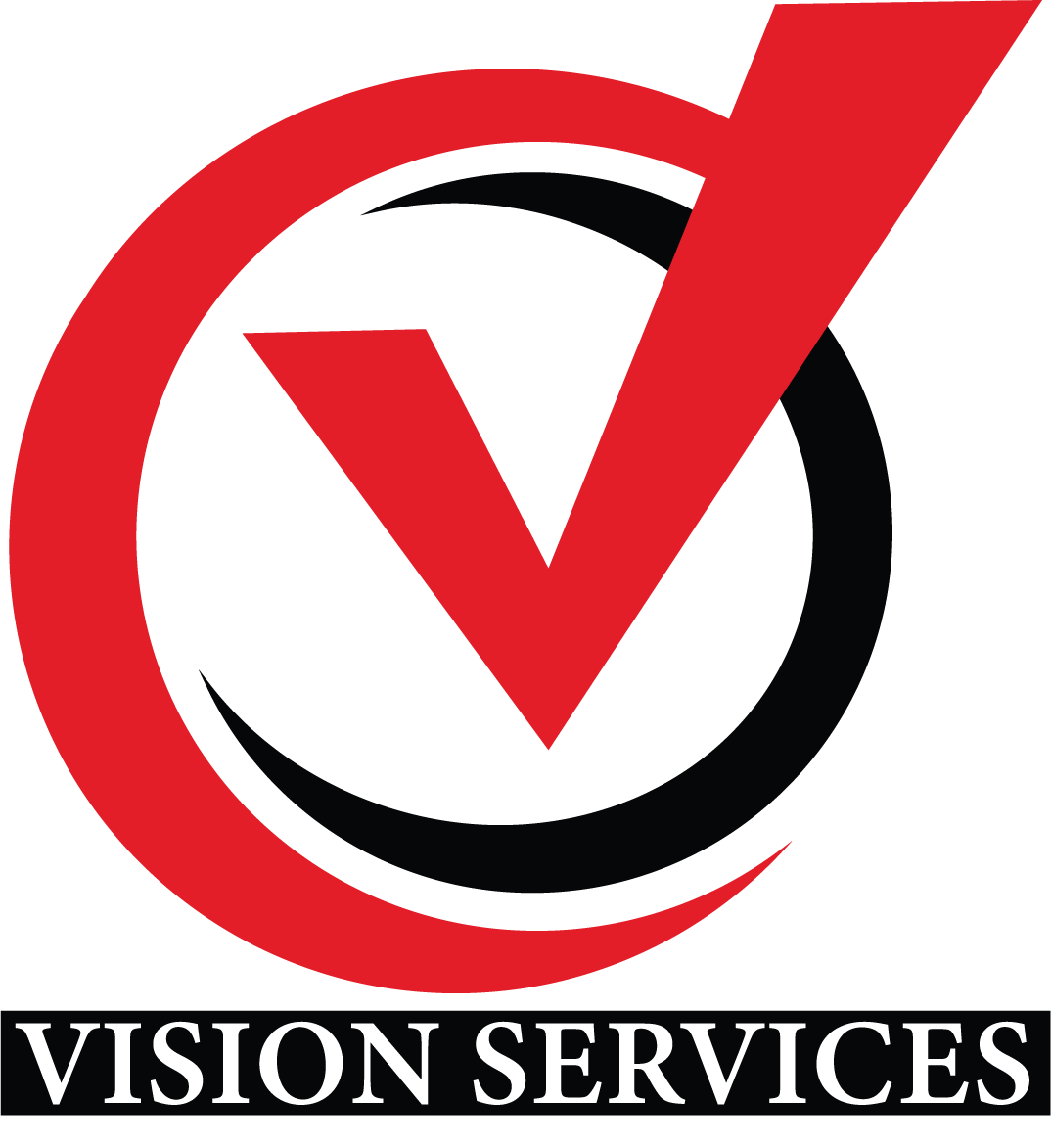In every thriving organization, balance is key—between innovation and experience, ambition and wisdom, energy and stability. As businesses evolve, maintaining equilibrium among employees with different levels of experience becomes crucial for long-term success.
Experienced employees bring institutional knowledge, reliability, and strategic foresight. Newer team members contribute fresh ideas, enthusiasm, and adaptability. When organizations harmonize these strengths, they build a dynamic, resilient workforce capable of tackling both today’s challenges and tomorrow’s opportunities.
Creating balance between experienced employees is not just about managing tenure; it’s about fostering collaboration, respect, and growth among individuals who contribute differently but share the same vision.
1. The Value of Experienced Employees
Experience is the silent force behind stability and strategic execution. Seasoned professionals have deep organizational memory—they understand not just what needs to be done, but why. Their ability to anticipate risks, mentor colleagues, and make decisions grounded in history prevents repetitive mistakes and anchors the company during change.
However, experience must be complemented by adaptability. When veteran employees are encouraged to evolve alongside the business, they become invaluable assets—bridging tradition with transformation.
2. The Need for Balance
While experienced employees are vital, relying solely on them can create rigidity. Younger or less-experienced employees bring agility, tech-savviness, and a willingness to experiment. Balance emerges when these two groups work together—when wisdom meets curiosity.
This equilibrium ensures that the organization neither stagnates nor loses stability. Teams that combine the discipline of experience with the creativity of youth achieve sustained innovation and efficiency.
The goal isn’t to replace one with the other—it’s to blend both into a cohesive, future-ready workforce.
3. Building a Culture of Mutual Respect
Balance begins with respect. Experienced employees may sometimes feel overlooked as organizations prioritize new talent, while newer employees might feel undervalued due to limited experience. Leadership must actively bridge this divide.
Promoting an environment of mutual appreciation—where every contribution is acknowledged—helps build trust. When both groups recognize each other’s strengths, they collaborate instead of competing.
Team-building activities, knowledge-sharing sessions, and open communication channels reinforce respect and unity, reminding everyone that success is shared.
4. Encouraging Mentorship and Reverse Mentorship
One of the most effective ways to balance experience is through structured mentorship programs. Experienced employees can guide younger team members, sharing wisdom about processes, decision-making, and organizational values.
In return, reverse mentorship allows younger employees to teach digital tools, market trends, or modern problem-solving techniques to senior professionals. This two-way learning model breaks hierarchies, fosters empathy, and keeps both generations relevant.
Mentorship transforms potential friction into productive energy—a dynamic exchange that benefits the entire organization.
5. Collaborative Decision-Making and Shared Ownership
When employees across experience levels collaborate on decisions, outcomes become more balanced and inclusive. Senior employees contribute perspective and foresight, while junior employees bring fresh insights and new methodologies.
Leaders should ensure that team discussions reflect all voices. Encouraging open brainstorming sessions and joint project ownership strengthens communication and trust. It reminds everyone that success results from collective intelligence—not just tenure or title.
Shared ownership makes teams agile, united, and aligned with organizational goals.
6. Leveraging Strengths Across Generations
Different experience levels come with unique strengths:
- Experienced employees: Provide consistency, mentorship, and long-term thinking.
- Mid-level employees: Offer operational expertise and adaptability.
- New hires: Bring enthusiasm, creative thinking, and technological fluency.
Balancing these strengths involves assigning tasks strategically—allowing each employee to work in areas that leverage their expertise while stretching their learning boundaries. Cross-functional projects further enhance collaboration and prevent silos.
This intentional alignment maximizes performance and deepens intergenerational respect.
7. Managing Change and Resistance
Change can create tension, especially when newer methods challenge established routines. Experienced employees may resist shifts in technology or workflow due to comfort with existing systems. Leaders play a crucial role in navigating this transition.
By involving experienced employees early in decision-making, organizations reduce resistance and gain valuable feedback. Training programs that emphasize learning rather than replacement reassure employees that innovation is an opportunity, not a threat.
When experience drives change rather than resists it, transformation becomes smoother and more sustainable.
8. Creating Learning Opportunities for All
Balance thrives in an environment where learning never stops. Continuous learning keeps experienced employees updated and younger ones grounded.
Offering personalized development programs—technical workshops for senior staff, leadership training for rising talent, and cross-generational collaboration exercises—builds a culture of shared growth.
When learning becomes part of daily work, experience and youth blend seamlessly, turning the workforce into a learning ecosystem rather than a hierarchy.
9. Leadership’s Role in Maintaining Balance
Leadership defines how experience is valued and distributed. Inclusive leaders recognize that every employee—regardless of experience—has something vital to contribute.
Leaders must actively manage biases that favor seniority over innovation or youth over wisdom. By celebrating diverse perspectives, they ensure no one feels marginalized.
Recognizing the contributions of both long-term employees and new hires through balanced reward systems maintains motivation and equity. Leadership must embody balance through their actions and communication.
10. Encouraging Collaboration, Not Competition
Internal competition can destroy balance. When experienced employees feel threatened by younger talent—or vice versa—collaboration suffers. The focus shifts from growth to comparison.
Encouraging collaborative goals and shared success metrics builds unity. Team incentives that reward collective performance, rather than individual superiority, promote partnership over rivalry.
Leaders can model collaborative behavior by highlighting examples where diverse experience levels led to successful outcomes.
11. Knowledge Transfer as a Strategic Priority
One of the greatest risks organizations face is knowledge loss when experienced employees retire or leave. Proactive knowledge transfer ensures continuity.
Creating structured documentation, peer-training sessions, and internal repositories helps capture institutional wisdom. Younger employees can then build upon this foundation rather than start from scratch.
By turning knowledge transfer into an ongoing process, organizations preserve legacy while welcoming innovation.
12. Recognizing and Rewarding Balanced Teams
Balanced teams should be celebrated. When recognition highlights collaboration between experienced and new employees, it reinforces the value of diversity in experience.
Rewards could include joint leadership opportunities, public acknowledgment, or innovation grants for intergenerational teams. Recognition motivates continued collaboration and demonstrates that organizational success depends on everyone’s contribution.
Appreciation, when distributed fairly, keeps both seasoned professionals and rising talent motivated and engaged.
Conclusion: Strength Through Balance
Creating balance between experienced employees is more than managing age or tenure—it’s about blending wisdom with energy, tradition with transformation, and stability with innovation.
Organizations that achieve this balance build cultures of respect, resilience, and collaboration. Experienced employees preserve the organization’s legacy while mentoring future leaders; new employees infuse agility and creativity to keep it relevant.





